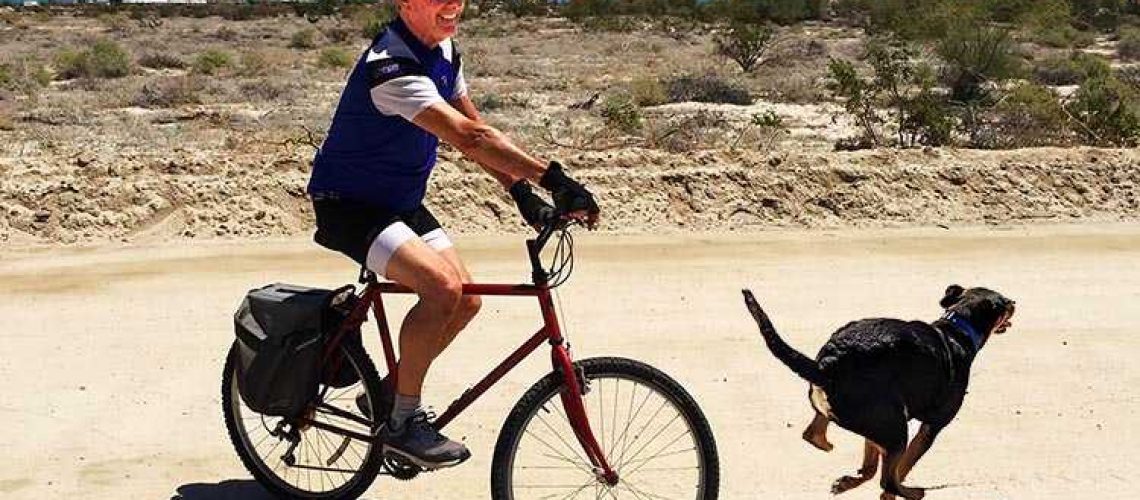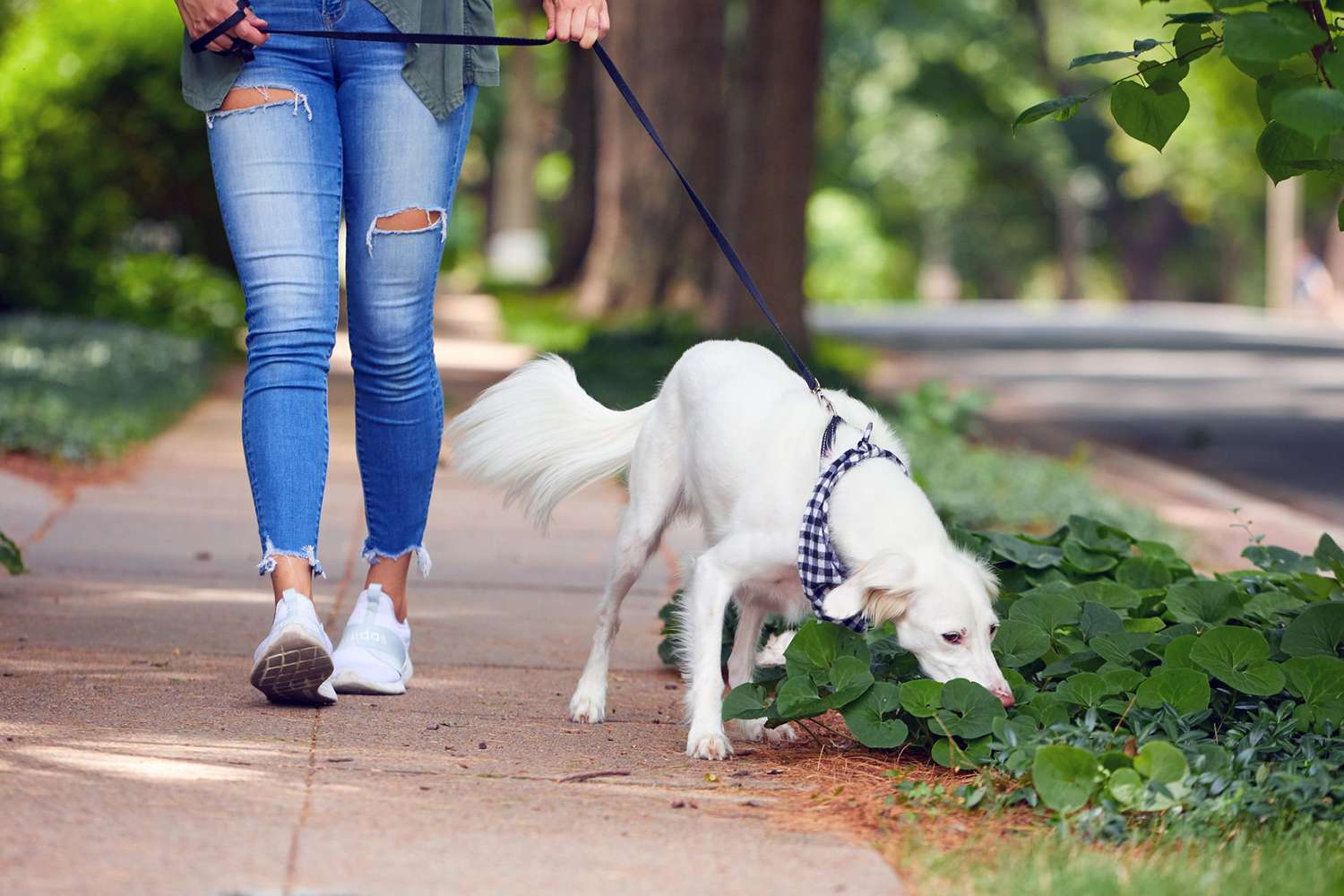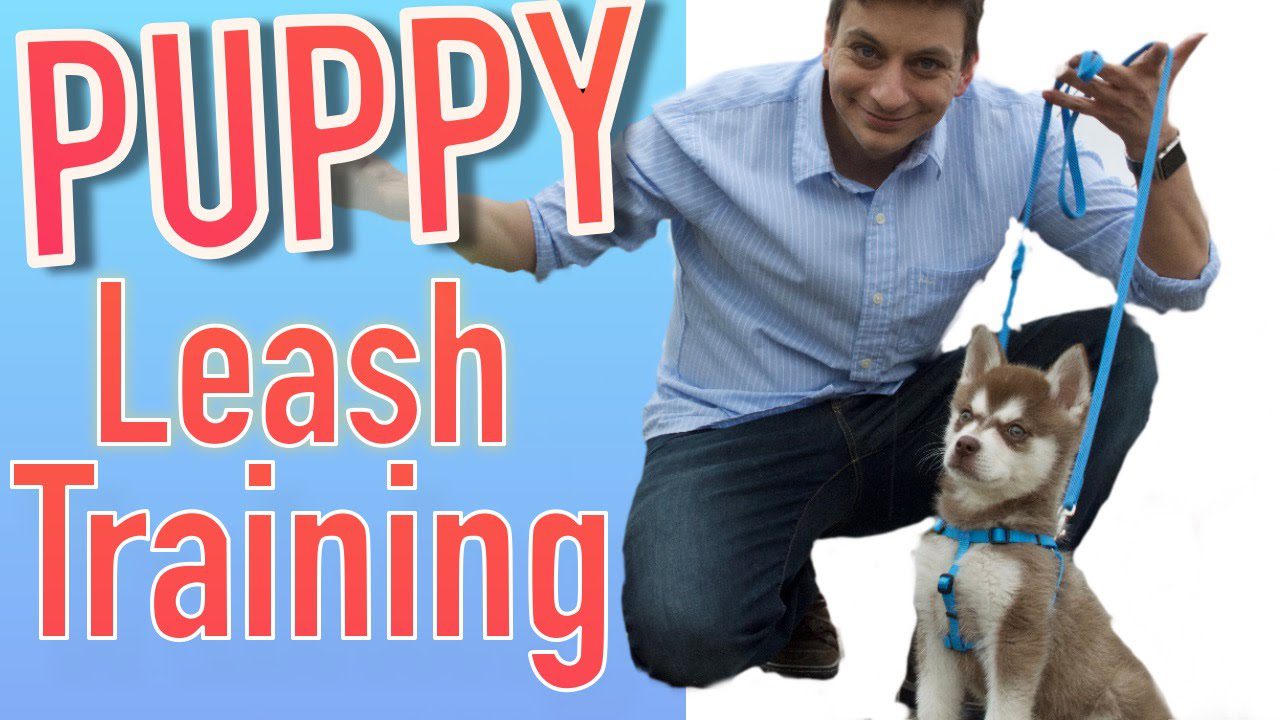Key Takeaways:
- Start with short training sessions and gradually increase the duration to prevent your dog from getting overwhelmed or exhausted.
- Introduce your dog to the bicycle gradually by first allowing them to sniff and investigate it before attempting any movement.
- Use positive reinforcement techniques such as treats and praise to reward your dog for staying close to the bicycle.
- Teach your dog basic commands like "heel" and "leave it" to ensure their safety while running next to a bicycle.
- Always prioritize your dog's safety by using a proper leash, harness, and protective gear, such as reflective vests, when running together.
Are you tired of your dog pulling on the leash during walks? Do you wish you could enjoy a bike ride with your furry friend by your side, effortlessly gliding along? Well, look no further because we have the solution for you! Learning how to train your dog to run next to a bicycle can revolutionize your outdoor adventures and strengthen the bond between you and your canine companion. Not only will this skill make exercise more enjoyable for both of you, but it will also provide mental stimulation for your pup, keeping them happy and well-behaved. So, whether you're an avid cyclist or simply want to teach your dog some impressive tricks, mastering this technique is essential. Join us as we delve into the world of bike training for dogs and unlock a whole new level of fun and freedom. Get ready to embark on unforgettable journeys together as we guide you through this exciting process step by step. Let's hit the road together and make memories that will last a lifetime!
Safely Introduce Your Dog to the Bicycle
Start with Familiarizing Your Dog with the Bicycle
Before you start training your dog to run alongside a bicycle, it's important to introduce them to the bike in a safe and controlled environment. Begin by letting your dog sniff and investigate the bicycle while it is stationary. This will help them become familiar with its presence and scent.
Next, you can try walking your dog while pushing the bicycle alongside you. This will allow your dog to get used to the movement and sound of the bike without any running involved. Make sure to use positive reinforcement, such as treats or praise, to reward your dog for staying calm and relaxed during this introduction phase.
Gradually Introduce Movement
Once your dog is comfortable with the presence of the bicycle, you can slowly introduce movement. Start by walking or jogging with your dog on a leash while riding the bicycle at a slow pace. This will help your dog associate the bike with exercise and create positive experiences.
As your dog becomes more confident, you can increase the speed gradually. It's important to pay attention to your dog's body language and behavior during this process. If they show signs of fear or discomfort, slow down or stop immediately and reassess their readiness for running alongside the bike.
Useful Equipment for Training Your Dog to Run with a Bicycle
A Properly Fitted Harness or Collar
When training your dog to run alongside a bicycle, it's essential to have them wear a properly fitted harness or collar that provides control and safety. A harness distributes pressure more evenly across their body compared to just using a collar, which can prevent choking or injury.
You should choose a harness or collar that fits snugly but allows your dog to move comfortably. It's important to adjust the straps and buckles to ensure a secure fit without causing any discomfort or restriction of movement.
A Hands-Free Leash
Using a hands-free leash can be beneficial when training your dog to run with a bicycle. This type of leash attaches around your waist or hip, allowing you to have both hands on the bicycle handlebars while maintaining control over your dog.
A hands-free leash provides freedom of movement and reduces the risk of accidentally dropping the leash while riding. Make sure to choose a sturdy and adjustable hands-free leash that suits your comfort and safety needs.
Importance of Starting with Short Practice Sessions
When training your dog to run alongside a bicycle, it's crucial to start with short practice sessions to prevent physical strain or exhaustion. Dogs need time to build up their stamina gradually, just like humans do.
Begin with 5-10 minute practice sessions and slowly increase the duration as your dog becomes more comfortable and fit. Pay attention to any signs of fatigue or overheating, such as excessive panting or slowing down, and take breaks accordingly.
By starting with shorter sessions, you allow your dog's muscles and joints to adapt and strengthen over time. This approach also helps maintain their enthusiasm for running alongside the bike, making it an enjoyable activity for both you and your furry companion.
Importance of Starting with Short Practice Sessions
Starting with short practice sessions is crucial when training your dog to run next to a bicycle. It allows both you and your dog to gradually build up stamina and endurance without overwhelming yourselves. Begin by taking your dog on short walks or jogs alongside the bicycle, gradually increasing the distance and duration of each session. This will help your dog get accustomed to the sights, sounds, and movements associated with cycling.
Building Trust and Confidence
By starting with short practice sessions, you are also building trust and confidence between you and your furry companion. Dogs may initially feel anxious or unsure about running next to a moving bicycle, so it's important to take things slow. Use positive reinforcement techniques such as treats or praise to reward your dog for good behavior during these practice sessions. This will help them associate running alongside the bicycle with positive experiences.
Tips for Short Practice Sessions:
- Choose a quiet location with minimal distractions for your initial practice sessions.
- Start with 5-10 minute sessions and gradually increase the time as your dog becomes more comfortable.
- Keep the pace slow during these early stages to allow your dog to adjust without feeling overwhelmed.
- Pay attention to your dog's body language and behavior, ensuring they are relaxed and enjoying the experience.
Remember, patience is key when training your dog to run next to a bicycle. Taking small steps in the beginning will set a solid foundation for future success.
Teaching Your Dog Commands for Running with a Bicycle
Teaching your dog specific commands is essential for safe and effective running alongside a bicycle. These commands will help you communicate with your canine companion during rides, ensuring they understand what is expected of them. Here are some important commands to teach:
Harnessing Control: "Heel" Command
The "heel" command is crucial when training your dog to run next to a bicycle. This command teaches your dog to stay close to your side, maintaining a safe distance from the bike. Start by walking with your dog on a leash, using the command "heel" and rewarding them with treats or praise when they stay in the desired position. Gradually introduce the bicycle into these practice sessions, reinforcing the "heel" command consistently.
Tips for Teaching the "Heel" Command:
- Use a short leash to keep your dog close to you during training.
- Practice in a quiet area initially, gradually introducing distractions such as other people or animals.
- Be consistent with your commands and rewards, ensuring that your dog understands what is expected of them.
Stopping and Starting: "Stop" and "Go" Commands
Teaching your dog the "stop" and "go" commands is essential for maintaining control during rides. The "stop" command should be used when you want your dog to come to a halt, while the "go" command signals them to start running again. Practice these commands during walks or jogs without the bicycle first, gradually incorporating them into cycling sessions.
Remember, consistency and positive reinforcement are key when teaching commands. With practice and patience, your dog will learn to respond reliably to these cues.
Mistakes to Avoid When Training Your Dog to Run Next to a Bicycle
While training your dog to run next to a bicycle can be an exciting endeavor, it's important to avoid common mistakes that can hinder progress or compromise safety. Here are some mistakes you should steer clear of:
Rushing the Training Process
One common mistake is rushing through the training process. It's important not to push your dog too quickly or expect immediate results. Dogs need time to adjust and build confidence before they can comfortably run alongside a bicycle. Take small steps, gradually increasing the difficulty and duration of each training session.
Tips to Avoid Rushing:
- Set realistic expectations and be patient with your dog's progress.
- Focus on building a strong foundation before advancing to more challenging rides.
- Celebrate small victories and acknowledge your dog's efforts along the way.
Using Punishment or Harsh Training Methods
Another mistake to avoid is using punishment or harsh training methods. Positive reinforcement is the most effective way to train your dog. Punishing or scolding them for mistakes can create fear or anxiety, making it harder for them to learn and enjoy the experience. Instead, focus on rewarding good behavior and redirecting any unwanted behaviors in a positive manner.
Tips for Positive Reinforcement:
- Use treats, praise, or playtime as rewards for desired behaviors.
- Redirect unwanted behaviors by offering alternative commands or distractions.
- Stay calm and patient during training sessions, maintaining a positive atmosphere.
By avoiding these common mistakes, you can ensure a smoother training process that strengthens the bond between you and your furry friend.
Safety Precautions Once Your Dog is Comfortable Running with a Bicycle
Once your dog is comfortable running next to a bicycle, it's important to prioritize safety during every ride. Here are some essential safety precautions to keep in mind:
Proper Equipment
Investing in proper equipment is crucial for both you and your dog's safety. Ensure that your bicycle is well-maintained and suitable for riding with a dog. Use a sturdy leash designed specifically for running activities, such as a hands-free waist leash or bike attachment. Additionally, consider using reflective gear or lights to enhance visibility during low-light conditions.
Recommended Safety Equipment:
- Hands-free waist leash or bike attachment to keep your hands free for steering.
- Reflective collar or vest for your dog to enhance visibility.
- Helmet and protective gear for yourself, especially if riding in busy areas.
Hydration and Rest
Just like humans, dogs need hydration and rest during physical activities. Ensure that you bring water and a collapsible bowl for your dog during rides. Take breaks at regular intervals to allow them to drink and rest. Pay attention to signs of fatigue or overheating, such as excessive panting or slowing down, and adjust the intensity or duration of the ride accordingly.
Tips for Hydration and Rest:
- Carry a portable water bottle and collapsible bowl for your dog.
- Plan routes that have access to water sources, such as parks or pet-friendly establishments.
- Monitor your dog's behavior closely during rides, adjusting the pace or taking breaks as needed.
Prioritizing safety will ensure enjoyable and worry-free rides with your furry companion.
Remember, training your dog to run next to a bicycle requires patience, consistency, and a focus on building trust. By starting with short practice sessions, teaching essential commands, avoiding common mistakes, and prioritizing safety precautions, you can create a positive experience for both you and your four-legged friend. Happy cycling!
In conclusion, training your dog to run next to a bicycle can be a fun and rewarding experience. By following the steps of introducing slowly, using positive reinforcement, and practicing regularly, you can ensure a safe and enjoyable biking experience with your furry friend.
How do I desensitize my dog on a bike?
Begin with brief rides at a speed that the dog can easily sustain. According to Gamsby-Kesling, the ideal pace is a trot, where the dog is calmly jogging alongside and there is no tension or movement back and forth on the leash. This indicates that the dog is content running alongside the bike and is not trying to pull away or exert excessive effort to keep up.
How do I train my dog not to be reactive to bikes?
Make sure to keep your dog a safe distance away from cyclists so that he can observe them without reacting or barking. Call your dog periodically while he is watching them and hopefully, he will turn, sit down, and wait for your command, as you have trained him to do.
Why is my dog triggered by bikes?
When a bike goes fast, it gives a dog the opportunity to chase it and catch it, which is exciting for the dog. This behavior comes from the natural predatory instincts of dogs, as they are biologically programmed to chase after moving objects. These instincts are deeply ingrained in their DNA.
Can my dog run beside my bike?
Engaging in the activity of having your dog run alongside your bike can be an enjoyable experience, but it can also be physically demanding, particularly on concrete surfaces. Prior to attempting this activity, it is recommended to consult with your veterinarian to ensure that your dog is physically fit to do so safely.
What is the safest way for a dog on a bike?
The bike cargo trailer is ideal for larger dog breeds or for transporting multiple dogs. It provides a safe and comfortable solution for taking your dog along on bike rides, especially for long distances. This option is highly recommended for its superior features.
How far should you bike with your dog?
Once your dog is behaving well and responding positively, take a short bike ride of 1-3 miles. Be sure to praise your dog when they are behaving correctly. If they wander off or run ahead, stop biking immediately and call them back to you.

















